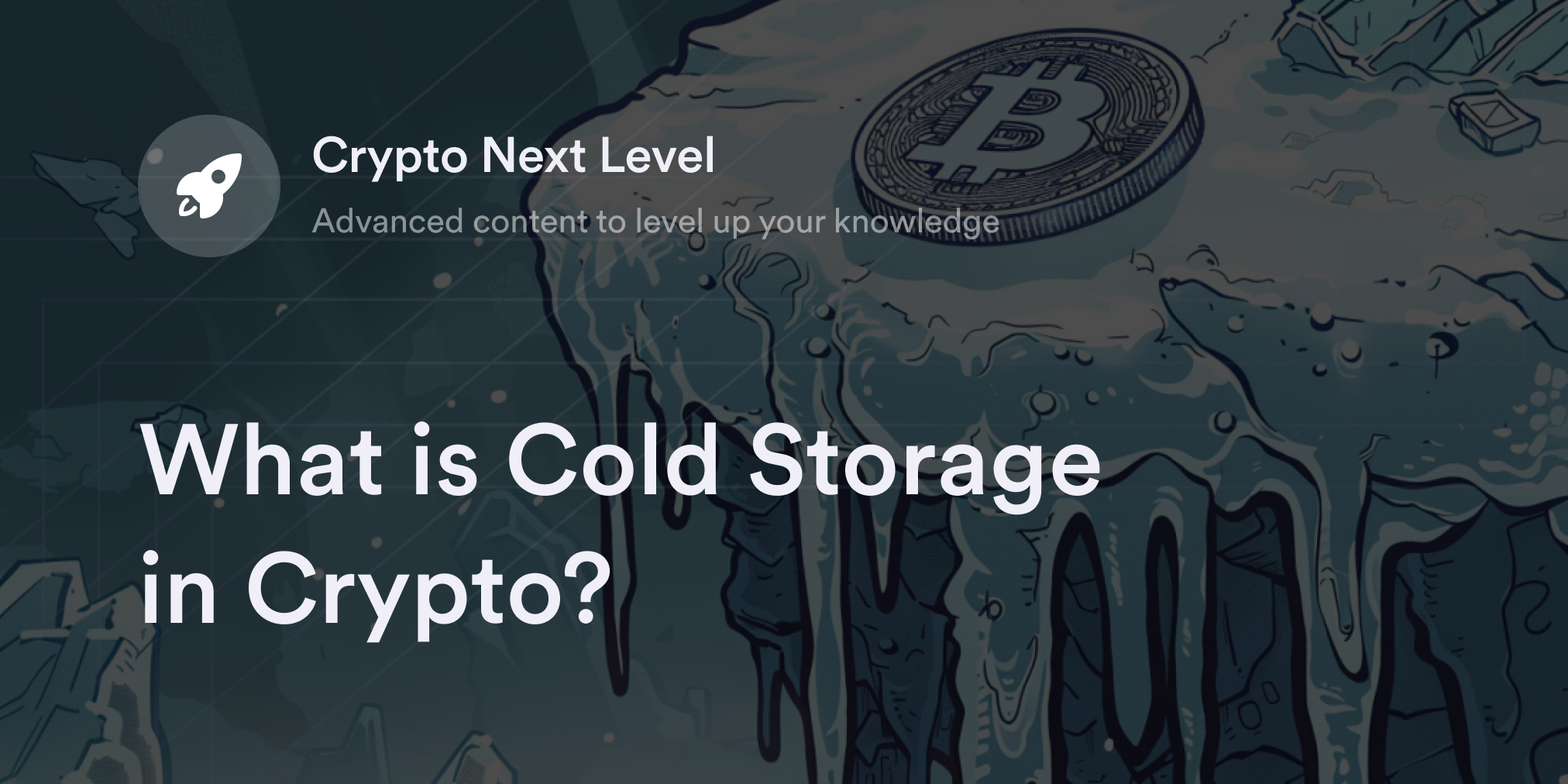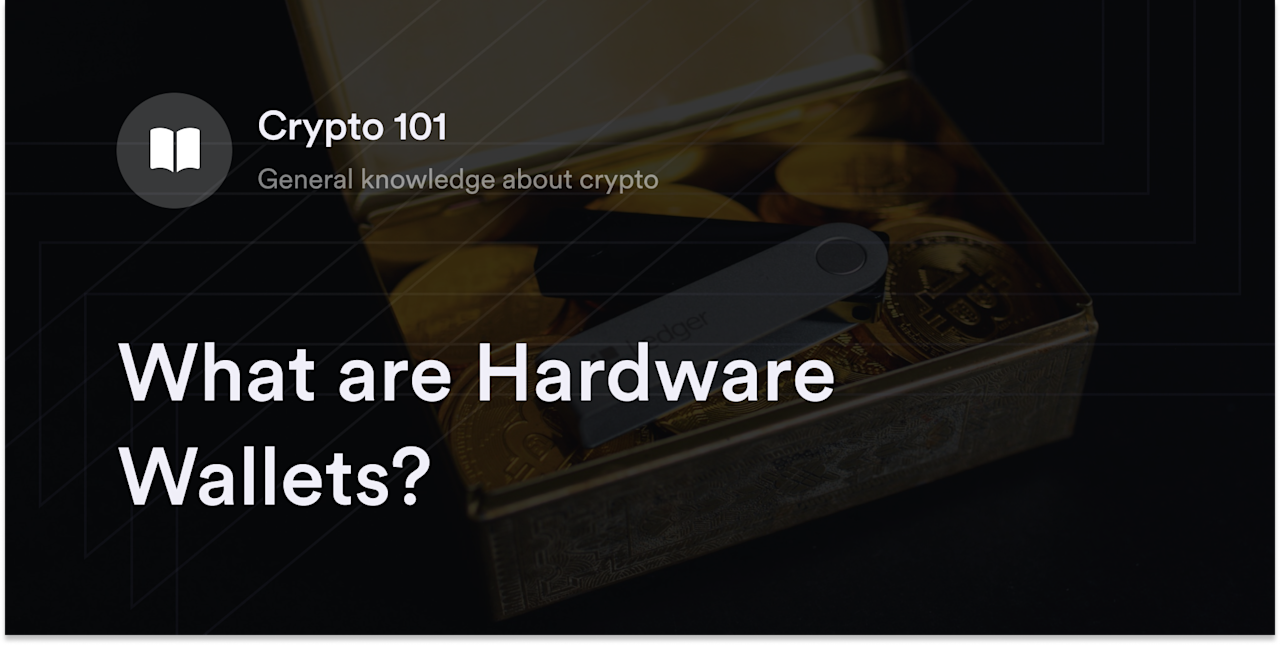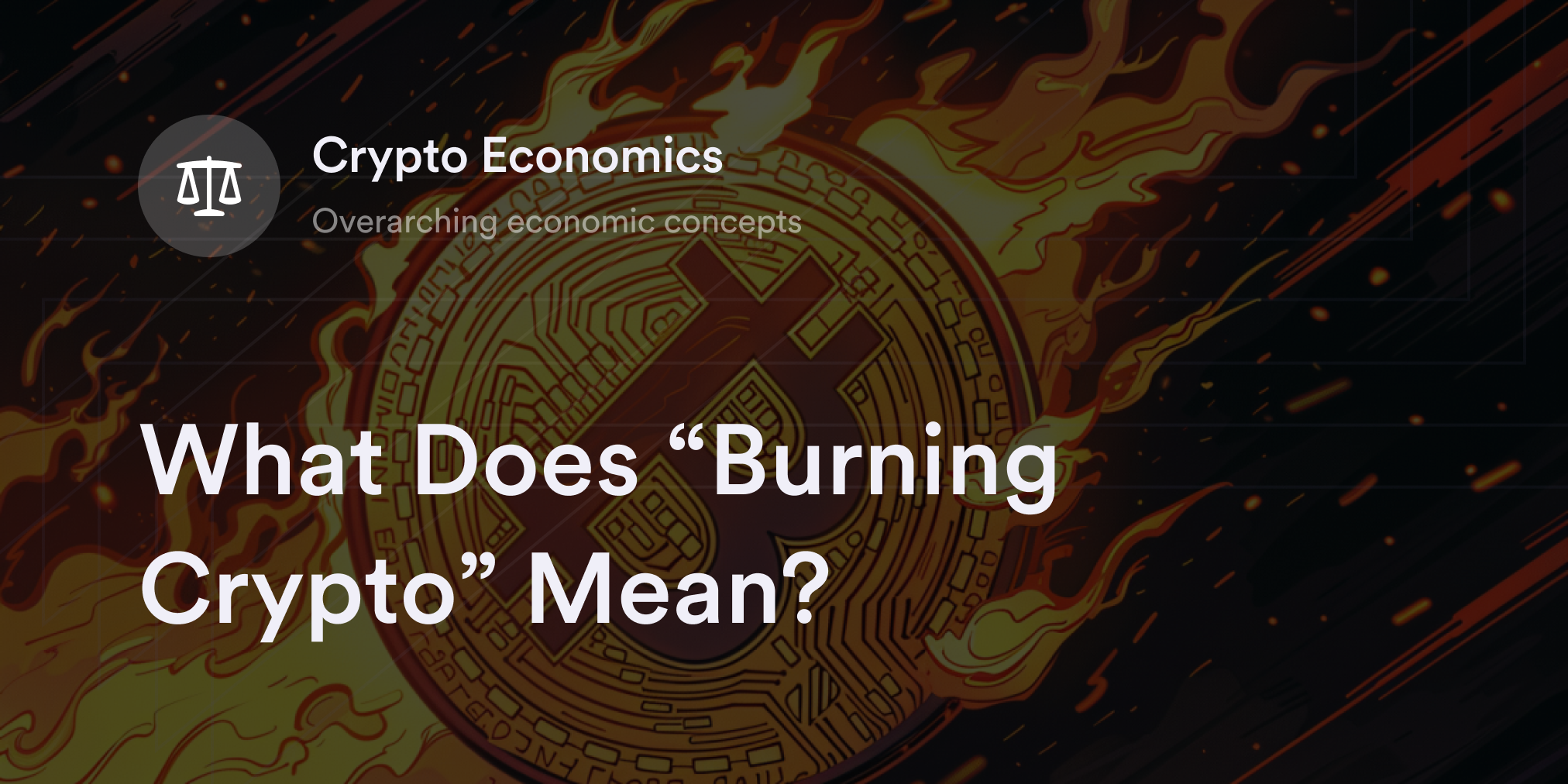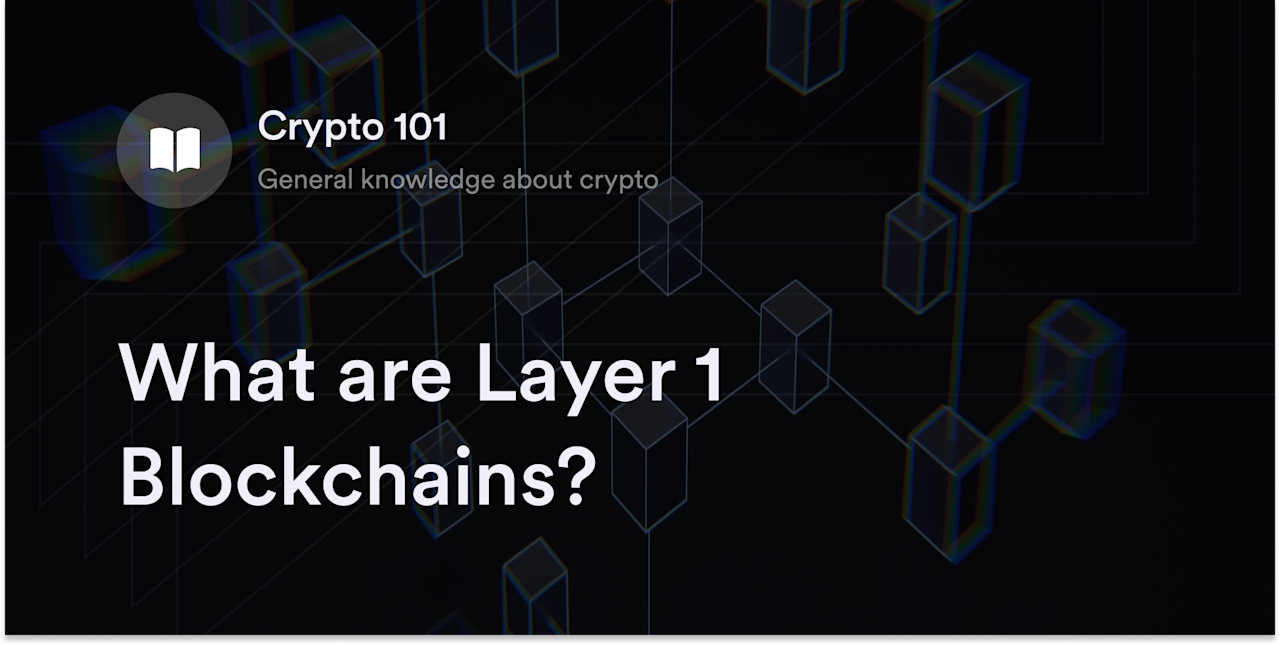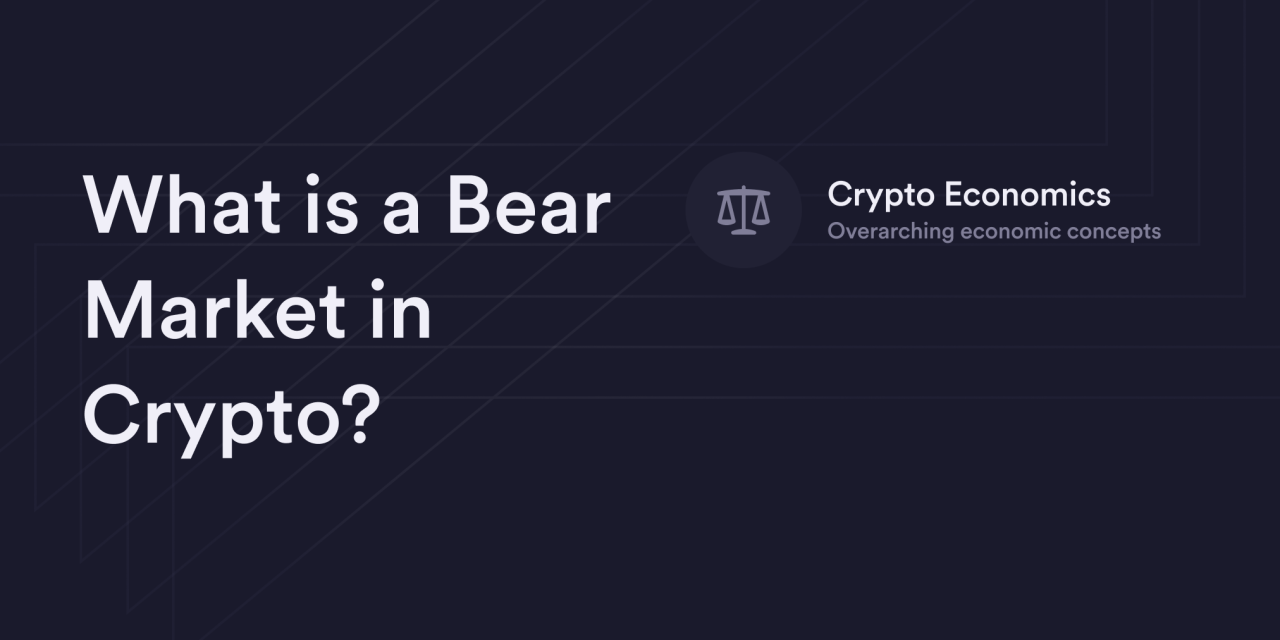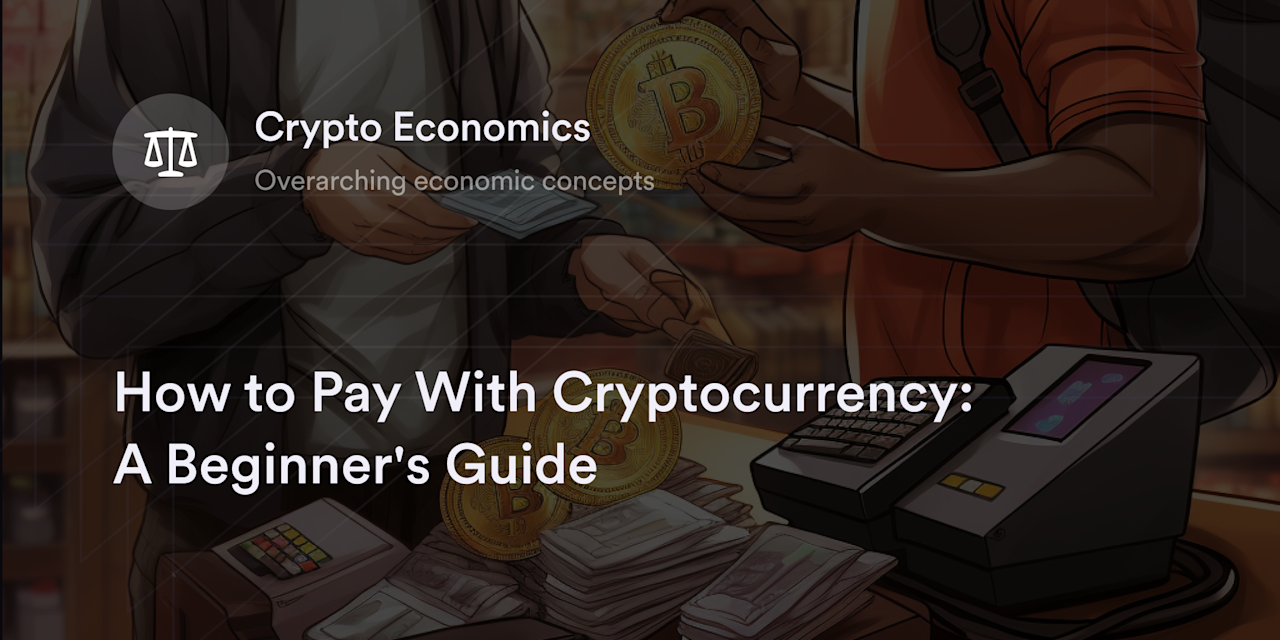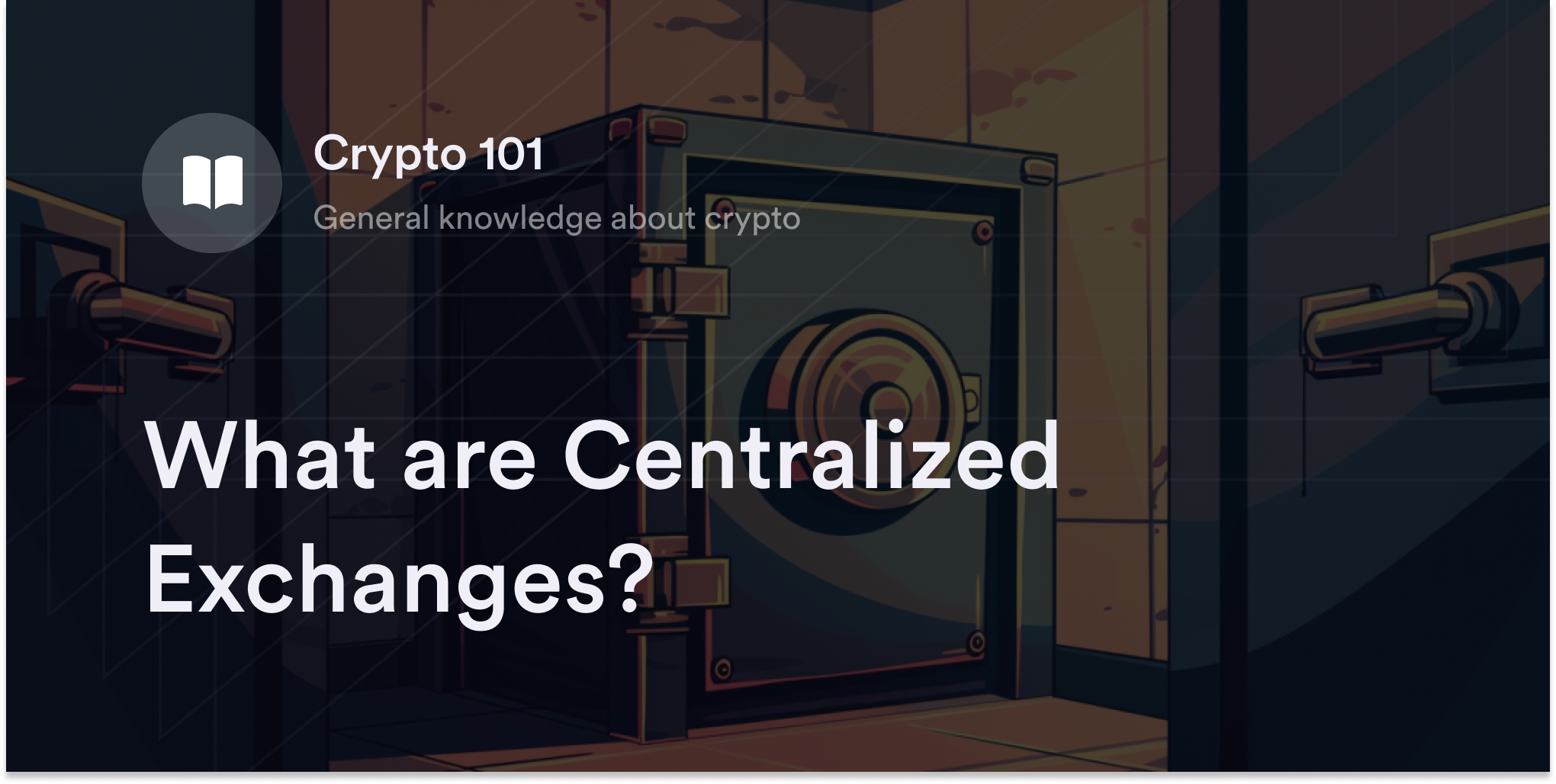
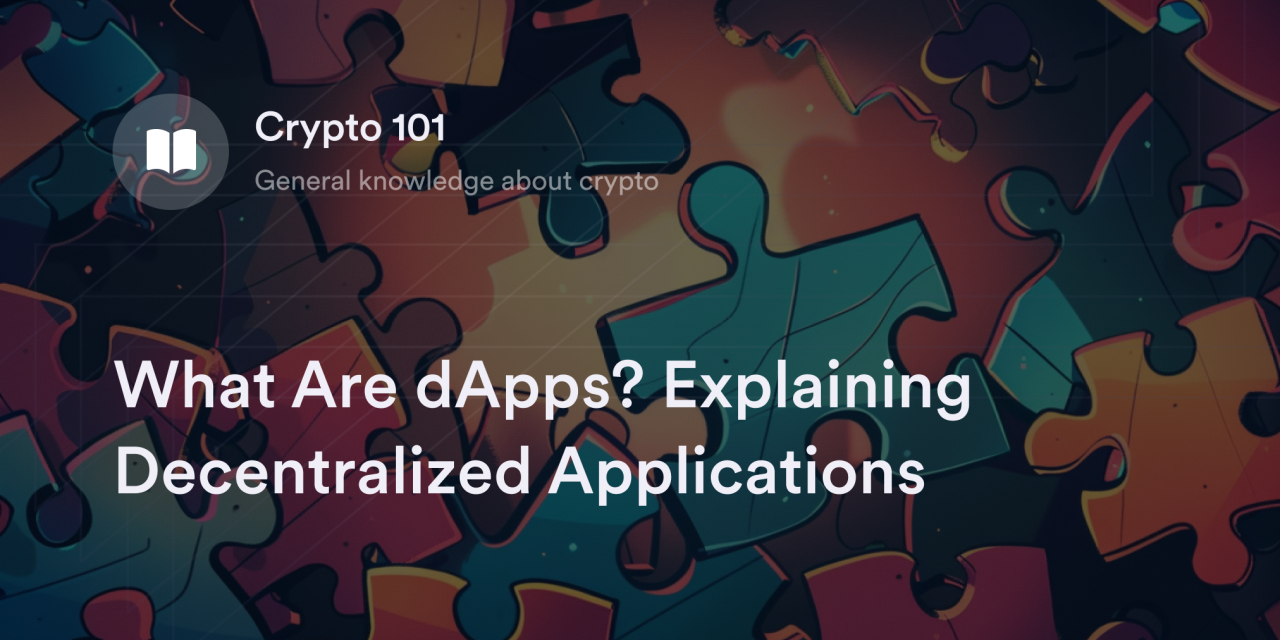

Stepping into the vibrant world of blockchain (or decentralized computer networks), some cryptocurrency developers discover a treasure trove of innovation. But creating a global peer-to-peer (P2P) payment network isn't ambitious enough for them. Diehard believers in decentralization argue the tech behind crypto assets has the potential to fundamentally change how everyone interacts with the web. Rather than relying on services from centralized big tech firms, crypto revolutionaries envision a leaderless internet solely governed by open-source code.
As far-out as these ideas might sound, they're already a reality on many crypto platforms thanks to advancements in decentralized application (dApp) software. In fact, there was a 396% spike in the count of dApp users between 2021 and 2022, which clearly indicates that more people are intrigued by this new wave of cryptocurrency. But what are dApps, why are they so groundbreaking, and how do crypto traders use them?
What are dApps?
dApps are online protocols that use blockchains in their backend infrastructure.
First introduced on the Bitcoin Network, blockchain technology sets and enforces rules all computers (aka nodes) on a cryptocurrency's program must follow to verify and record transactions on a payment ledger. Although any crypto project using a blockchain qualifies as a dApp, this term is usually reserved for web-based applications built on top of a blockchain like Ethereum (ETH). In fact, a team of crypto developers published the "The General Theory of Decentralized Applications, dApps" in 2014 to clearly define the characteristics that set dApps apart from today's online applications. The study suggests all dApps should be user-controlled with open-source code, proprietary cryptocurrency tokens, and universally accessible governance procedures.
Additionally, Ethereum was the first blockchain to make third-party dApp development a reality when it entered the crypto ecosystem in 2015. On Ethereum, developers have the tools to build decentralized online protocols using Ethereum's Solidity programming language. These new dApps share many of the same use cases as today's most popular online apps (e.g., social media, finance, or video games) but without central authorities. Instead, Ethereum dApps harness the decentralization and security of the Ethereum blockchain to power their projects. Despite Ethereum's dominance in the dApp marketplace, countless competing blockchains support dApp development, including Solana (SOL), Polygon (MATIC), and Tron (TRX).
How do dApps Work?
dApps use special blockchain-based programs called smart contracts to process and record all complex transactions and interactions on their distributed ledgers. Each smart contract contains precoded instructions to monitor conditions on a dApp and fulfill tasks such as transferring cryptocurrencies, approving trades, or creating (aka minting) digital collectibles.
Let’s take crypto lending dApp like Aave as an example. When you deposit collateral into Aave, the smart contract recognizes your deposit and transfers the crypto loan to your linked digital wallet.
But how do you access these dApps? Unlike other online applications, dApps don’t ask you to create passwords and send personal data like email addresses. Instead, if you have a self-custodial crypto wallet like MetaMask, you get to enjoy access to a dApp. Think of it this way: your crypto wallet is your unique username and password, so to speak.
Further, most dApps have a "Connect Wallet" button on the top right-hand corner of their main webpage, where you can link your preferred wallet address. Once your wallet successfully connects to a dApp, you can take advantage of its products and services.
What are the uses for crypto dApps?
From gaming and governance to trading and texting, the use cases for dApps are as diverse as those for mainstream apps. There are, however, a few categories that rank as the most popular dApps.
Decentralized Finance (DeFi)
The field of DeFi offers financial services such as trading, lending, and borrowing using blockchain technology rather than banks or brokerage houses. For instance, on decentralized exchanges (DEXs) like Uniswap or dYdX, people swap cryptocurrencies or derivatives P2P rather than through a centralized exchange (CEX). Other DeFi sites like Aave and MakerDAO handle P2P crypto loans, while staking providers like Lido DAO provide traders an easy way to earn rewards on blockchains using the proof-of-stake (PoS) consensus model.
Video Games
Some video game studios are experimenting with blockchain technology to give gamers more rewards and ownership over their pastime. For instance, gaming dApps in the play-to-earn (P2E) category incentivize gamers with cryptocurrency payments for completing in-game tasks like fighting battles and winning tournaments. Pokémon-style game Axie Infinity, animated cat game CryptoKitties, and trading card platform Parallel are a few popular video game dApps examples.
Fitness Trackers
Move-to-earn (M2E) games are an offshoot of the P2E movement using crypto rewards to incentivize more people to exercise. For example, people who download Solana's STEPN mobile dApp get the cryptocurrency GMT for their daily walking habits as STEPN tracks their steps.
Metaverse Experiences
The metaverse refers to immersive and interactive online platforms, often using virtual reality (VR) and augmented reality (AR) technologies. A few Ethereum dApps like Decentraland and The Sandbox fit the metaverse category because they provide players with a 3D open-world setting, where players can own property, interact with fellow gamers, and take advantage of collaborative events like concerts.
Non-Fungible Token (NFT) Trading
Unlike fungible cryptocurrencies, NFTs are unique digital assets with distinct blockchain addresses. Although NFTs are scarce virtual assets, they can contain any form of digital media, including photos, films, or real estate deeds. NFT creators and collectors leverage dApps called NFT marketplaces like OpenSea, Rarible, or Magic Eden to mint, auction, or buy their favorite NFTs.
Pros and Cons of dApps
According to cryptocurrency enthusiasts, dApps are the next inevitable step in the evolution of the internet (aka Web3). Despite all the positives associated with dApp technology, there are a few concerns surrounding these new online services.
Pros of dApps
No Downtime or Centralized Points of Failure
dApps don't rely on vulnerable centralized computer servers for data storage or processing. Since every node on a blockchain has a copy of the network's entire transaction history, there's no single point of failure. Even if a hacker breaks into a few nodes, it won't affect a dApp's operation unless they take over the entire blockchain. Also, as the thousands of blockchain nodes are always online, dApps never experience a lag in performance speed.
Enhanced User Privacy
Traders don't need to share sensitive information like a home address, email, or full name to log on to a dApp. Instead, dApps have the power to recognize each person's unique crypto wallet address without linking these accounts to individual users.
Increased Participation from the Online Community
Many dApps have governance programs called decentralized autonomous organizations (DAOs), which give users a say in proposed changes to a protocol. Often, if traders hold a dApp's governance token, they have the right to propose upgrades and vote on upcoming proposals.
Countless Use Cases
The versatility of smart contract technology allows developers to create numerous innovative dApps in diverse fields. Besides hot sectors like DeFi and gaming, cutting-edge dApp programmers are exploring exciting new categories like social media, crowdfunding, and healthcare records.
Cons of dApps
Vulnerable to Scams, Hacks, or Exploits
dApps are only as secure as their underlying code, so users need to trust the proficiency of a project's programmers. If there are any bugs or glitches in a dApp's smart contracts, hackers can rewrite a protocol and make off with user funds.
No Insurance Protections
One of the downsides of not having a central authority is that users can’t recover lost crypto assets on a dApp. Whether traders made a mistake or hackers broke into their wallets, recovering lost funds in Web3 is impossible.
Longer Update Time
The decentralized voting procedures on DAOs prevent developers from making speedy changes without consent from the online community. While DAOs democratize the dApp development process, they also stifle scalability efforts as programmers wait for approval for every proposal.
Clunky User Interface
The frontend user experience on dApps isn't as seamless or straightforward as competing web-based apps. People unfamiliar with using crypto wallets, transferring coins and tokens, and signing transactions need to adjust to a new way of using the internet.
Experience Decentralized Perpetuals Trading on dYdX
Since our launch in 2017, dYdX has become the dominant crypto derivatives dApp. Thanks to dYdX's hybrid on-chain and off-chain orderbook model, you can enjoy unparalleled liquidity for dozens of crypto perpetuals on our secure decentralized interface. Learn more about dYdX and the latest protocol upgrades on our official blog.
And if you’re looking for easy-to-understand resources on all things crypto, don't forget to check out dYdX Academy. From how to cash out Bitcoin and develop a trading strategy to how to buy ICOs and read crypto charts, our Academy can help you become a pro at digital assets.
Start trading on dYdX today!
Disclaimer
The content of this article (the “Article”) is provided for general informational purposes only. Reference to any specific strategy, technique, product, service, or entity does not constitute an endorsement or recommendation by dYdX Trading Inc., or any affiliate, agent, or representative thereof (“dYdX”). Use of strategies, techniques, products or services referenced in this Article may involve material risks, including the risk of financial losses arising from the volatility, operational loss, or nonconsensual liquidation of digital assets. The content of this Article does not constitute, and should not be considered, construed, or relied upon as, financial advice, legal advice, tax advice, investment advice, or advice of any other nature; and the content of this Article is not an offer, solicitation or call to action to make any investment, or purchase any crypto asset, of any kind. dYdX makes no representation, assurance or guarantee as to the accuracy, completeness, timeliness, suitability, or validity of any information in this Article or any third-party website that may be linked to it. You are solely responsible for conducting independent research, performing due diligence, and/or seeking advice from a professional advisor prior to taking any financial, tax, legal, or investment action.
You may only use the dYdX Services in compliance with the dYdX Terms of Use available here, including the geographic restrictions therein.
Any applicable sponsorship in connection with this Article will be disclosed, and any reference to a sponsor in this Article is for disclosure purposes, or informational in nature, and in any event is not a call to action to make an investment, acquire a service or product, or purchase crypto assets. This Article does not offer the purchase or sale of any financial instruments or related services.
By accessing this Article and taking any action in connection with the information contained in this Article, you agree that dYdX is not responsible, directly or indirectly, for any errors, omissions, or delays related to this Article, or any damage, injury, or loss incurred in connection with use of or reliance on the content of this Article, including any specific strategy, technique, product, service, or entity that may be referenced in the Article.
